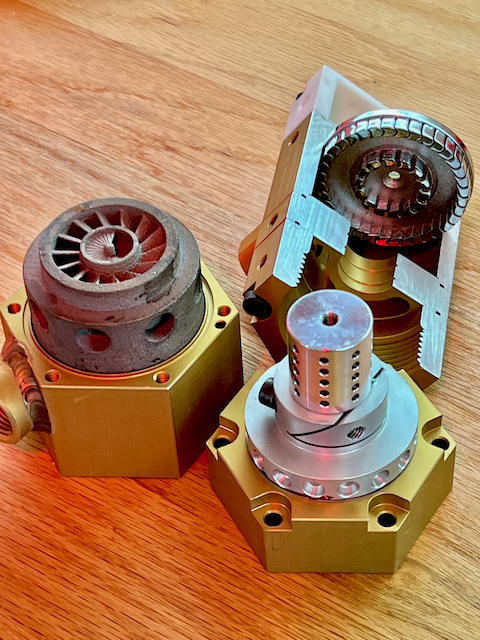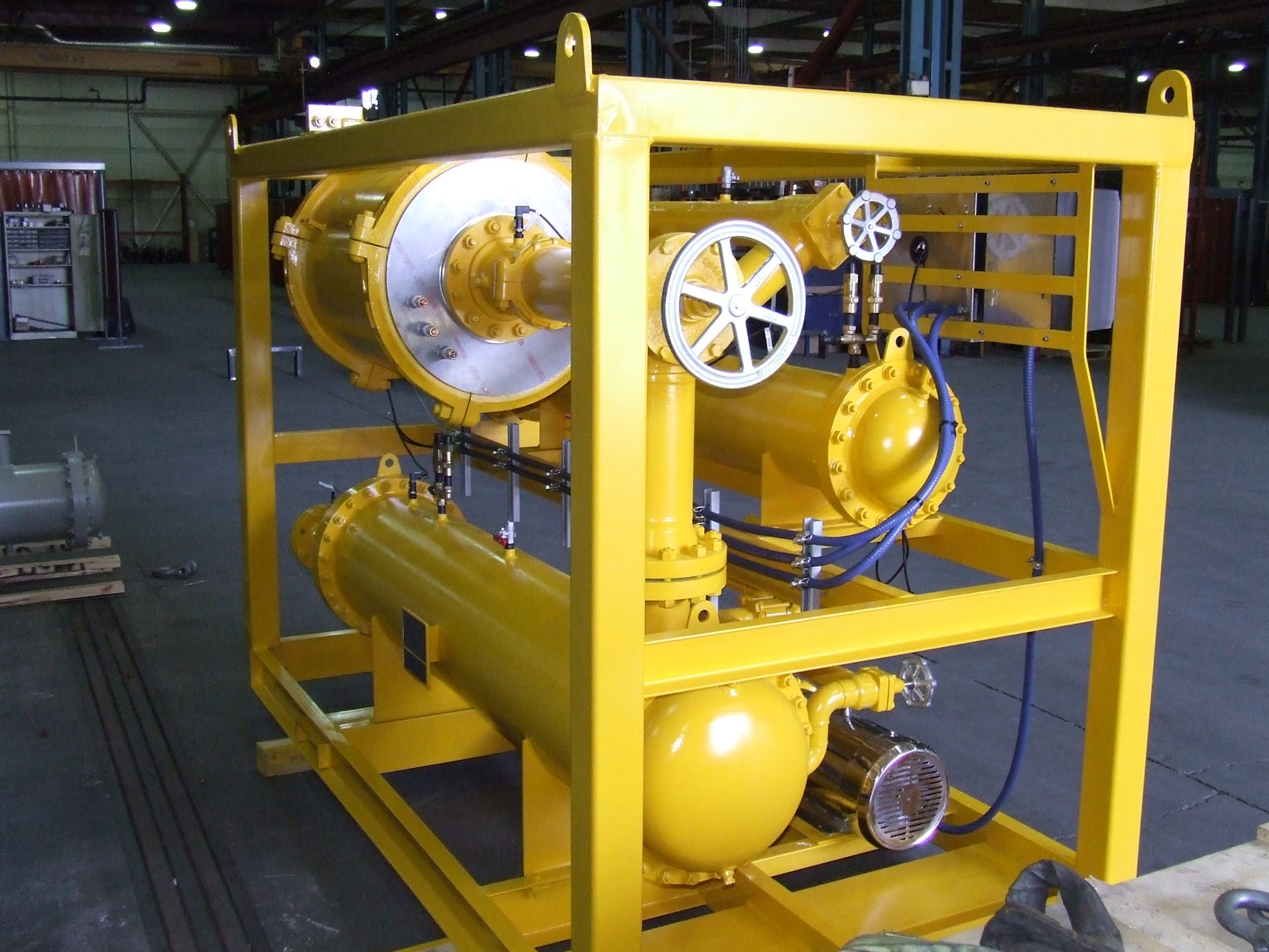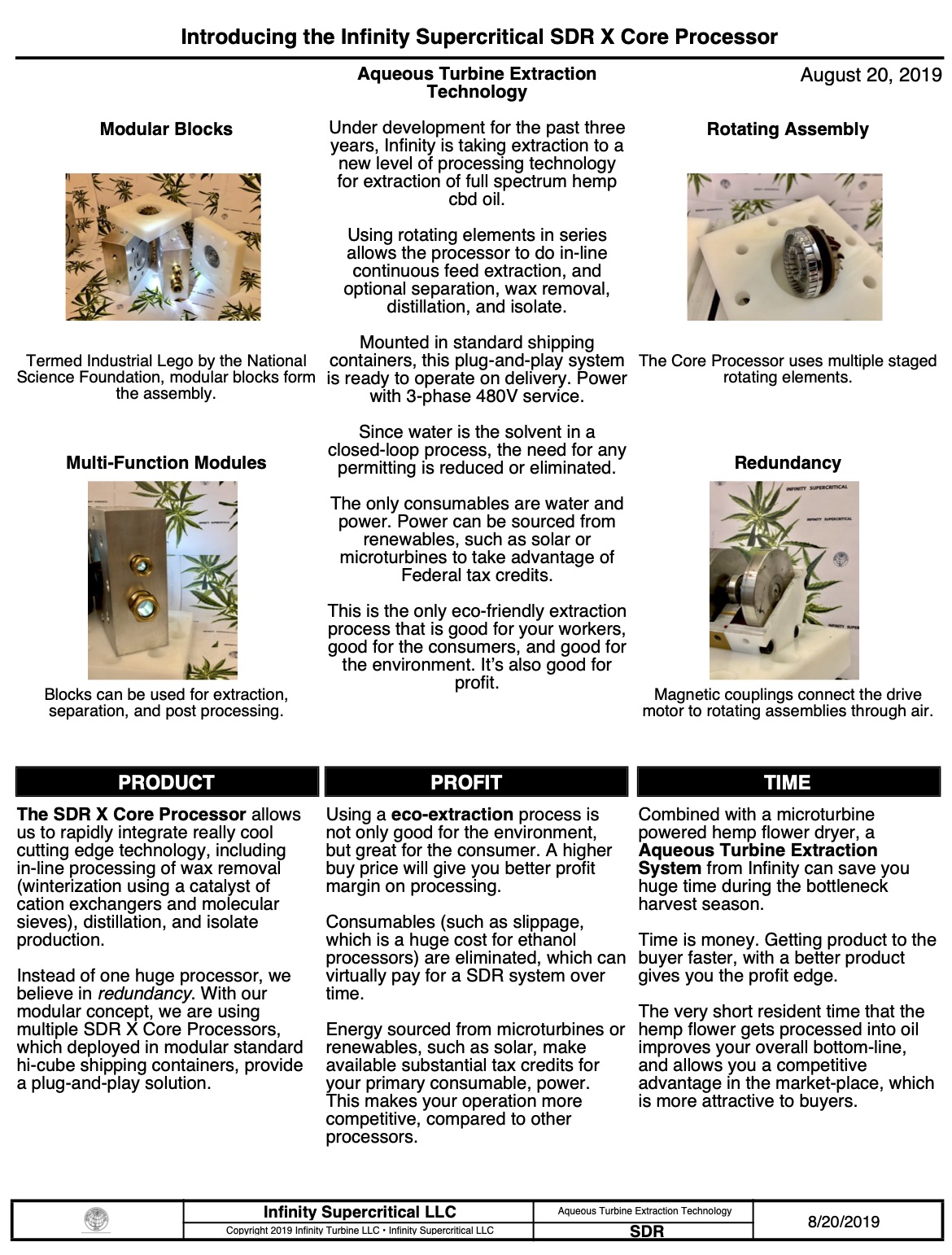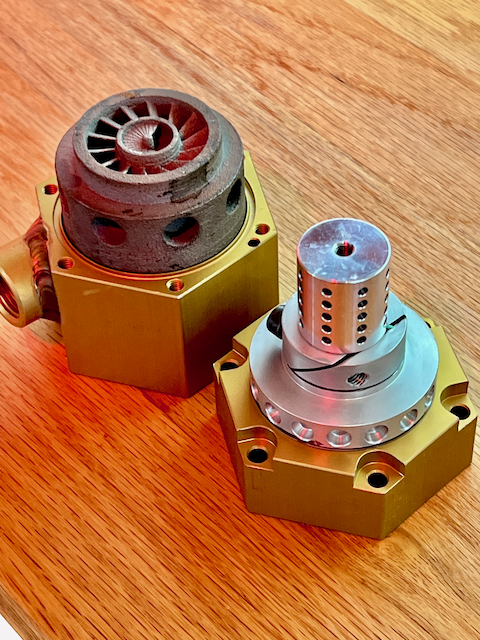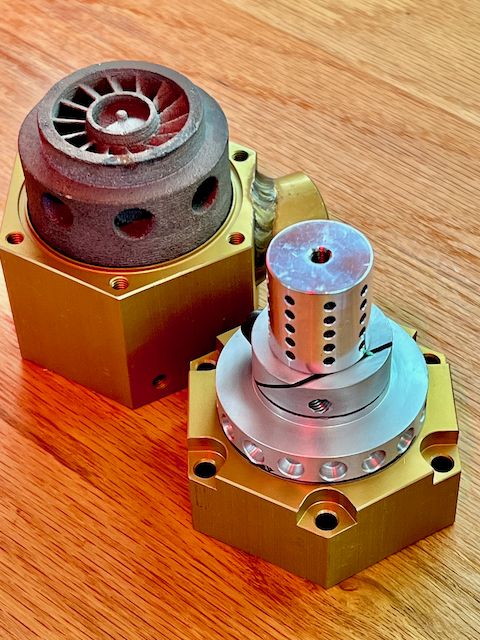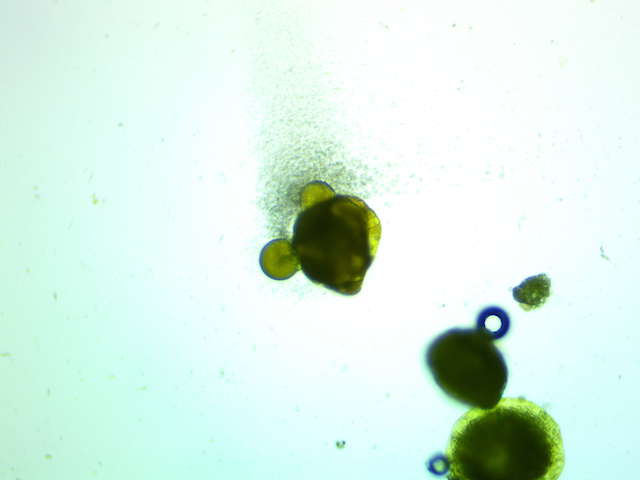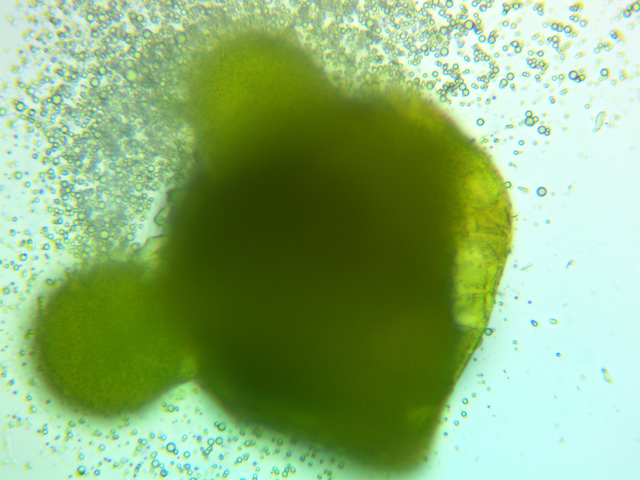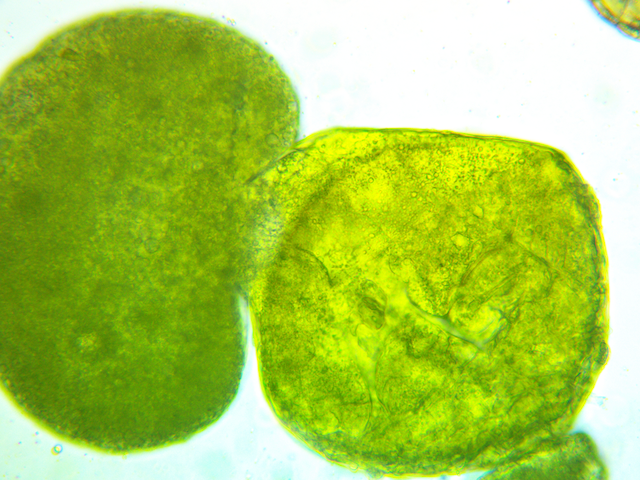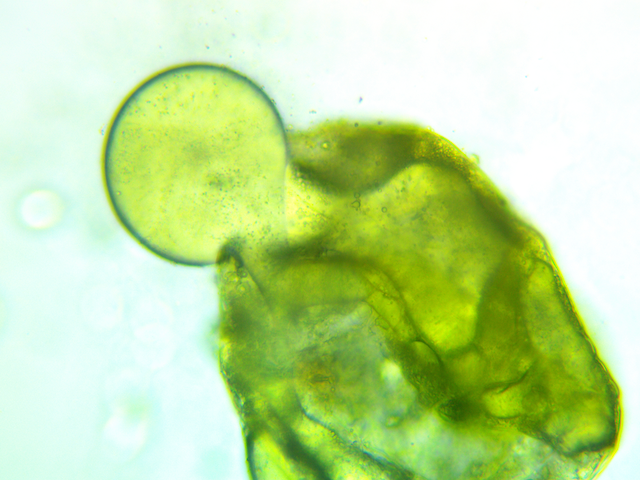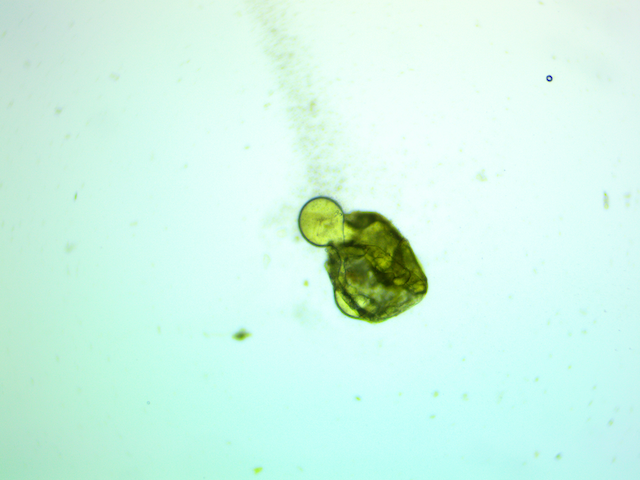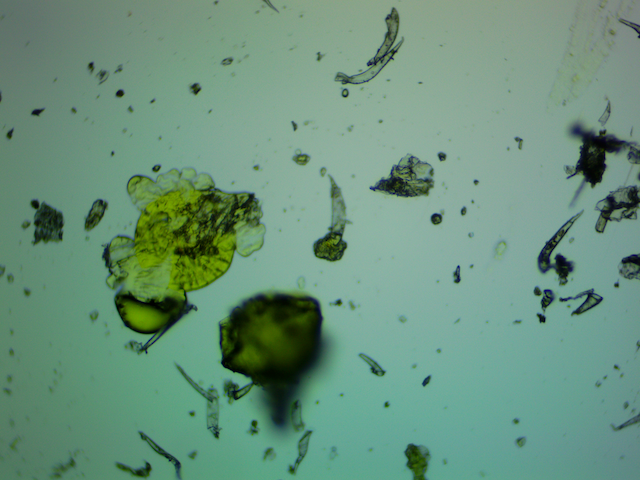|
|
|
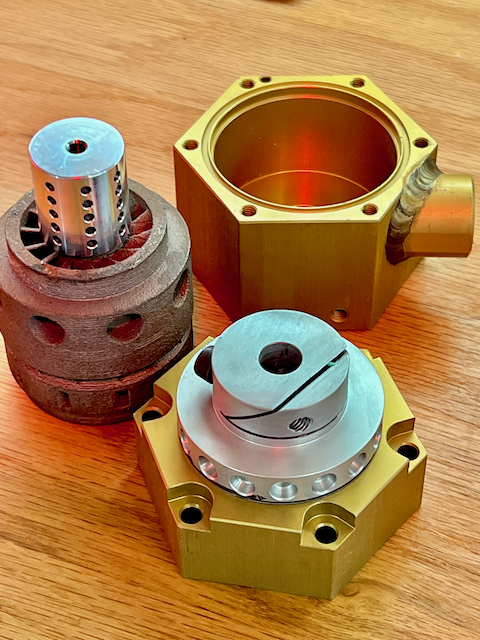
|
Advantages
The advantages of a water based solvent and using SDR technology:1. Eco-Extraction: pure water is used as the solvent. 2. Small Footprint SDR2000: four 20 ft. shipping containers provide a modular extraction facility. Larger extraction systems use 40 ft. shipping containers.3. Proven Technology: Spinning Disc Reactors and hydrodynamic cavitation is well-proven in the food processing and pharmaceutical industry.4. No Fire Code Restrictions: unlike high pressure and volatile solvents, water processing extraction has minimal code compliance.5. GMP: systems are built to GMP standards.6. Silent Closed-Loop Operation: The extraction system runs with a low audible footprint. The system is closed-loop to conserve water.7. Most Energy Efficient Extraction System Available: Because water is the solvent, the system is the most energy efficient process in the industry. CO2 requires high pressure (and maintenance prone) special pumps, and some like Apex Supercritical require noisy air compressors.8. Better Environment for Workers: since water is used as the solvent, there are no volatile (i.e. flammable) materials to handle. There are also no airborne chemicals to breathe in or need for huge air exhaust systems.9. Full Spectrum Oil Right Out of the Machine – Craft Extraction: the SDR produces a full spectrum crude oil right out of the system. This can be combined with a carrier oil (i.e. coconut oil) and bottled for direct sale to the consumer. The oil is rich in all extracted components, and may be further processed in to lower value isolate which is in high demand everywhere.10. Push-Button Operation: because high pressure or volatile solvent operation is not needed, the flows of water can be controlled by a SCADA computer system which has lower worker input.11. Rapid Oil Extraction: this is the fastest extraction method available, and accomplished by instantaneous hydrodynamic cavitation. Cell lysis occurs in under a second.12. Dual Flow: the extraction system has a dual-flow processing circuit, which allows either system to be paused for maintenance, while the system is still performing the extraction process.13. Plug-and-Play: the system is build into four (or more) modules, which can be shipped anywhere in the world, and set up indoors, or outdoors. The modules are connected together by modular power and water conduits for rapid installation. Typically a system can be ready for extraction in a few days.14. Raw Input: you can back-up your walking floor trailer or other storage system to convey into the SDR hopper, in whole bud or flower format. The SDR does the rest.15. Wet or Dry: we recommend you dry prior processing, so that you can store your flower without any mold or degrade. This gives you a much longer processing window then trying to process out of the field without drying. Longer term storage necessitates drying of the flower, then bagging (vacuum bag or freezer) storage to preserve valuable components.16. Fast ROI: the return on investment is fast, due to the larger processing capacity, and lower solvent consumable costs. Payback time is typically a few weeks or less.17. Continuous Feed: this is the only extraction system on the market that is continuous feed. All other botanical oil extraction systems are batch processing (you put into a vessel, where it is extracted over time).18. Wave of the Future: this type of processing is not only good for the enviroment, and workers, it is also good for the consumer. With government and local regulations, it will quickly become the standardized method of pure oil extraction.19. Reduces Bottleneck at Harvest Time: this method of fast and efficient extraction will reduce the bottleneck which batch processors experience at harvest time. SDR processors can use their machines to offer toll-processing (contract processing) for other farmers, or groups with large amounts of botanicals.20. Made in the USA: the SDR was developed and is manufactured in the USA.21. Better than Ultrasound Assisted Extraction: UAE involves the use of ultrasound ranging from 20 kHz to 2000 kHz. The mechanic effect of acoustic cavitation from the ultrasound increases the surface contact between solvents and samples and permeability of cell walls. Physical and chemical properties of the materials subjected to ultrasound are altered and disrupt the plant cell wall facilitating release of compounds and enhancing mass transport of the solvents into the plant cells. The procedure is simple and relatively low cost technology that can be used in both small and larger scale of phytochemical extraction. The benefits of UAE is mainly due reduction in extraction time and solvent consumption. However, use of ultrasound energy more than 20 kHz may have an effect on the active phytochemicals through the formation of free radicals.
A Review on the Extraction Methods Use in Medicinal Plants, Principle,
Strength and Limitation
|
